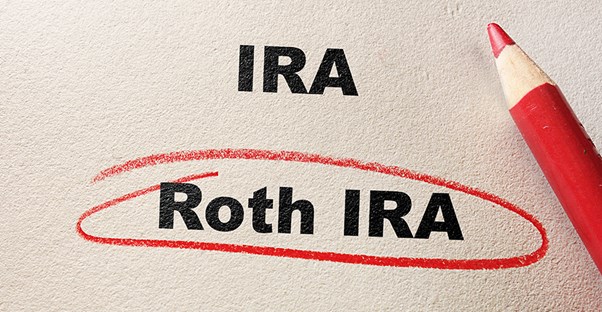When it comes to saving for retirement, you want to avoid making mistakes.
Individual Retirement Arrangements (IRAs) provide funding for when you retire, but there are many different types, with Traditional and Roth being two of the most popular. It may be difficult to decide which IRA you should open, but by completely understanding the pros and cons of each type, you’ll be able to decide which is right for you.
Traditional IRA Overview
A Traditional IRA is an account that allows you to contribute money pre-tax or after-tax. This type of account is tax-deferred, and will grow throughout your lifetime. If you have a Traditional IRA, you will only be allowed to begin withdrawing money six months after your 59th birthday. From there, the money you receive is treated as current income.
Traditional IRA Pros
-
Tax deductible contributions: Each time you file for taxes, the money you contributed to your Traditional IRA account can be treated as a tax deduction up to $5,000.
-
Tax-deferred growth: The investments within your IRA are tax-deferred as long as the funds remain in the account. This aspect may be particularly appealing if you expect a tax bracket decrease once you retire.
-
Open to everyone: Anyone with sufficient income can set up a Traditional IRA. There are also no income caps.
Traditional IRA Cons
- Taxable withdrawals: Since the investments into your Traditional IRA are pre-tax and tax-deferred until withdrawn, this means that you’ll have to pay taxes on the money once the funds are removed because it will be treated as taxable income.
- Tax penalties: If you need to withdraw money from the account before you reach retirement age, you will face significant tax penalty fees. You’ll owe income taxes on the amount withdrawn plus another 10%.
- Forced withdrawal: Six months after your 70th birthday, you are required to begin making withdrawals from your Traditional IRA whether you are retired or not.
Roth IRA Overview
A Roth IRA differs from a Traditional IRA because the funds contributed are taxed before the money is invested in the account. You can withdraw the funds six months after your 59th birthday or if you become disabled. These types of accounts may contain different kinds of investments such as stocks and bonds.
Roth IRA Pros
- Tax-free distribution: Once you’ve decided to retire, you can withdraw your funds tax-free. This is because the income tax has already been paid prior to investment.
- Inheritance: Should anything happen to you, your beneficiaries will be able to withdraw your investments from your Roth IRA.
- No forced withdrawal: Unlike a Traditional IRA, you will not be required to begin making withdrawals from your Roth IRA six months after your 70th birthday.
Roth IRA Cons
- No tax deductions: Unlike Traditional IRAs, Roth IRAs cannot be deducted from your taxes each year, but this is what enables the tax-free withdrawal later in life.
- Income limits: The income limit for a Roth IRA is $183,000 for married filing jointly and $125,000 for filing single or head of the household.
- Higher tax bracket penalties: If there is a chance you’ll move into a higher tax bracket once you retire, Roth IRA contributions cannot be deducted from your income tax.




